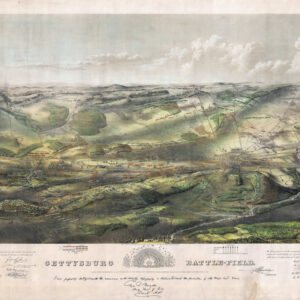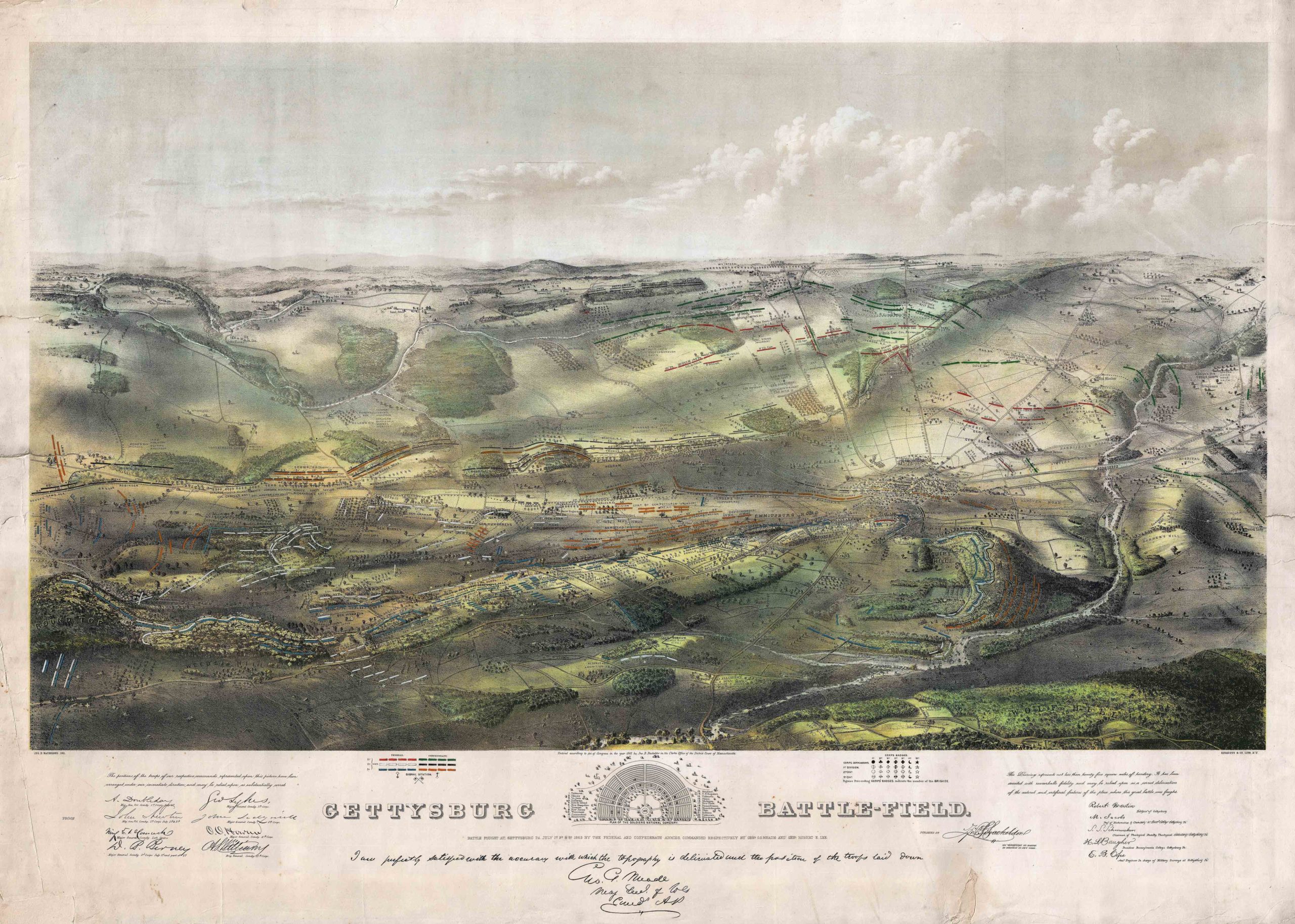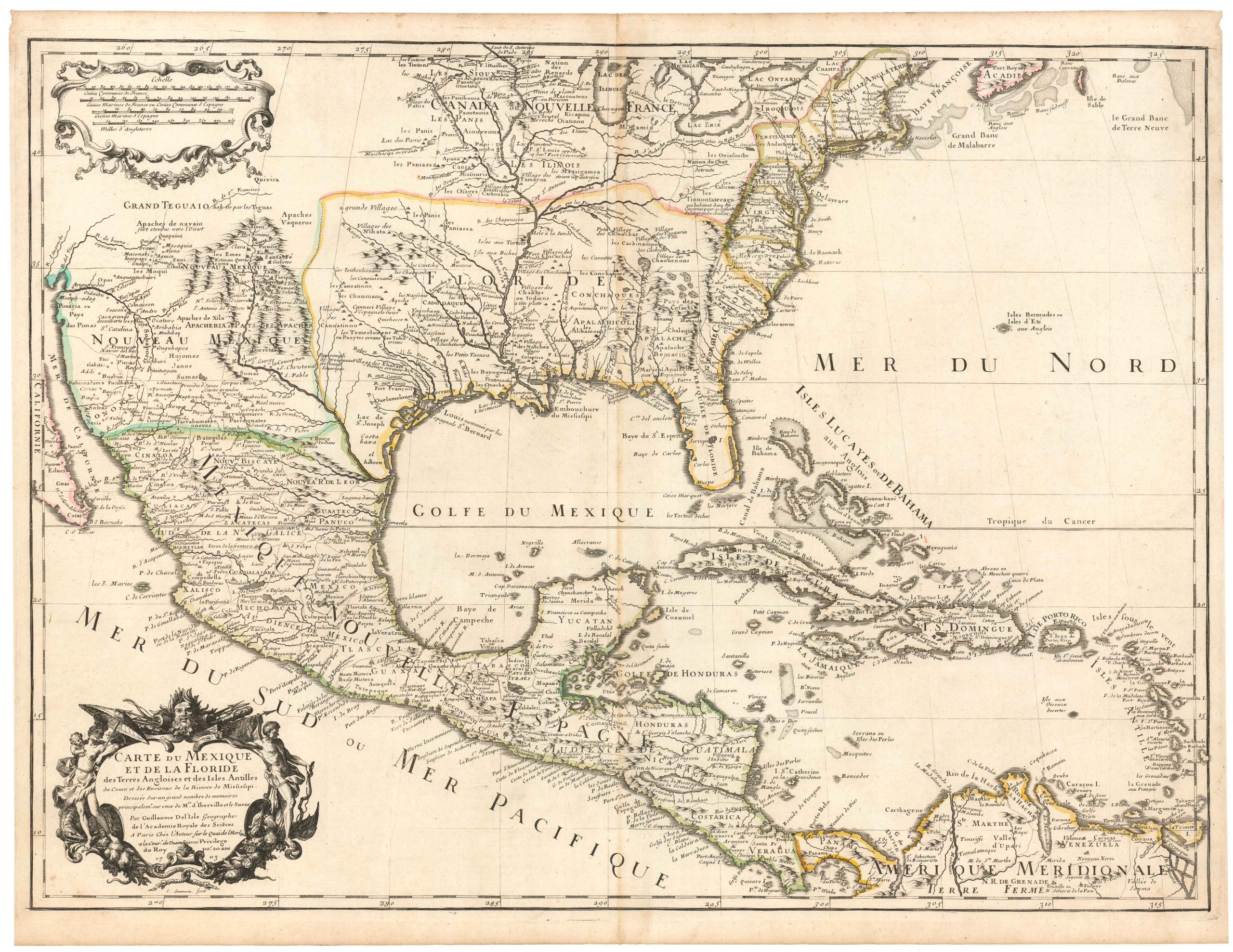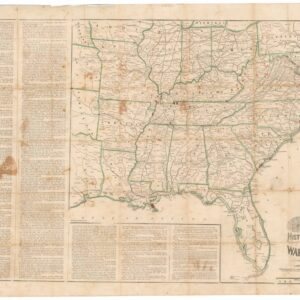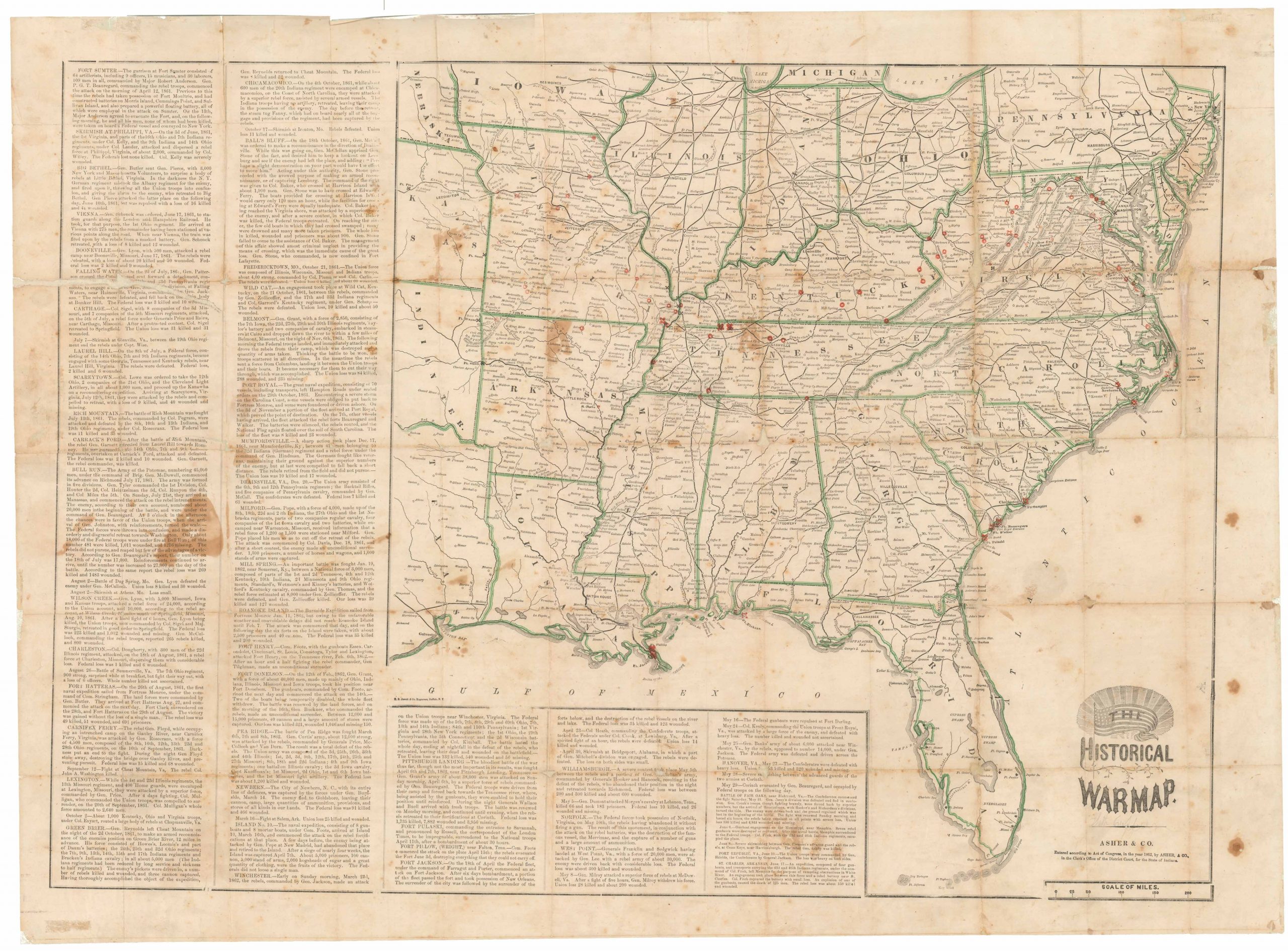Klemm’s iconic bird’s-eye-view of New York City.
New-York.
Out of stock
Description
Josef Ferdinand Klemm’s chromolithographed view of New York City provides a panoramic vista of the bustling metropolis in the early 20th century. The depiction is a visual testament to the artistic talents of the Austrian painter, who was renowned for his large, finely detailed depictions of cultural and historical scenes.
This bird’s-eye-view of Manhattan and greater New York extends northward to Inwood Hill Park. Key landmarks of the era are meticulously outlined. The Statue of Liberty, an iconic symbol of freedom and equality, graces the lower right corner of the artwork. Just above this iconic monument, Governor’s Island can be seen, and as one’s gaze moves northward, the Brooklyn and Manhattan Bridges come into view. Famous New York locations, such as Battery Park, Wall Street, Washington Park, and Grant Park, are all presented with remarkable precision and detail. Klemm’s grand panorama does not just encompass Manhattan but extends to include portions of the Bronx, Queens, Brooklyn, and the Jersey side of the Hudson River.
The artist’s keen eye impeccably captures the city’s skyline and shows the intricate web of parks, piers, bridges, and ships that define this vibrant and ever-evolving urban landscape. The level of detail in Klemm’s work makes it a valuable historical document, documenting the city’s early 20th-century appearance.
An undated but datable view
Even though Klemm’s view lacks a specific date, his obsession with detail allows us to pinpoint exactly when he compiled his fantastic view. A highlight in this composition is the Singer Building, completed in 1908 and briefly held the title of the tallest building in the world. In 1909, the Singer Building was surpassed by the Metropolitan Life Insurance Company Tower, which is notably absent from Klemm’s composition, revealing that the work has an approximate creation date of 1908.
This rare panorama of early 20th-century New York is a testament to Josef Ferdinand Klemm’s artistic prowess and dedication to capturing this great city’s essence. Its existence is firmly linked to the presence of the Singer Building in 1908 and the absence of the MetLife Tower, constructed in 1909. Klemm’s New York view is a remarkable and timeless depiction of the city that never sleeps and is a captivating window into a bygone era.
Cartographer(s):
Josef Ferdinand Klemm (1868-1916) was an Austrian artist and mapmaker from Vienna. Klemm was not only a skilled painter but also a lithographer, designer, and image restorer. But his most famous work relates to the education of youths. No matter the canvas, Klemm’s creations were intricate and finely crafted and usually contained a distinct educational element. His work encompassed a wide range of subjects, including detailed depictions of landscapes, cityscapes, medieval cities, and iconic landmarks like the Acropolis in Greece. But Klemm also delved into architectural renderings, memorial and national monuments, and scenes capturing historical and cultural aspects of human civilization. Later in life, Klemm’s portfolio also extended to include more complex creations, such as industrial cut-away diagrams and wall charts with distinct geographical scenes.
Klemm’s artistic journey began under the guidance of the Austrian theatre painter Carlo Brioschi. It was during the late 1890s that Klemm established a collaborative partnership with F.E. Wachsmuth, a prominent printing and publishing company based in Leipzig, Germany. This partnership aimed to transform Klemm’s school mural drawings into a series of cultural and historical chromolithographs designed for educational purposes and decorative use. Among his most prized compilations was a bird’s eye view of New York.
Condition Description
Chromolithograph on two sheets. Wear and restoration in the margins where there were once dowels. Else excellent.
References
